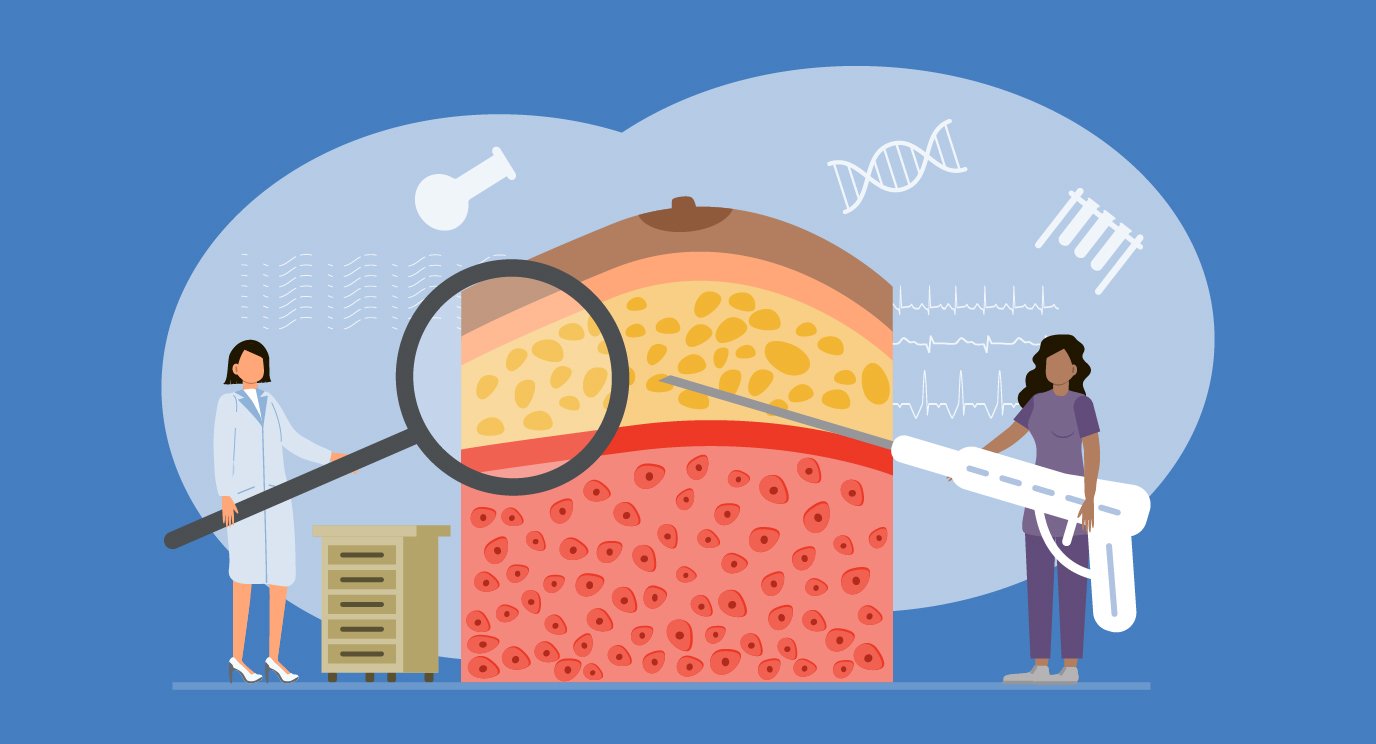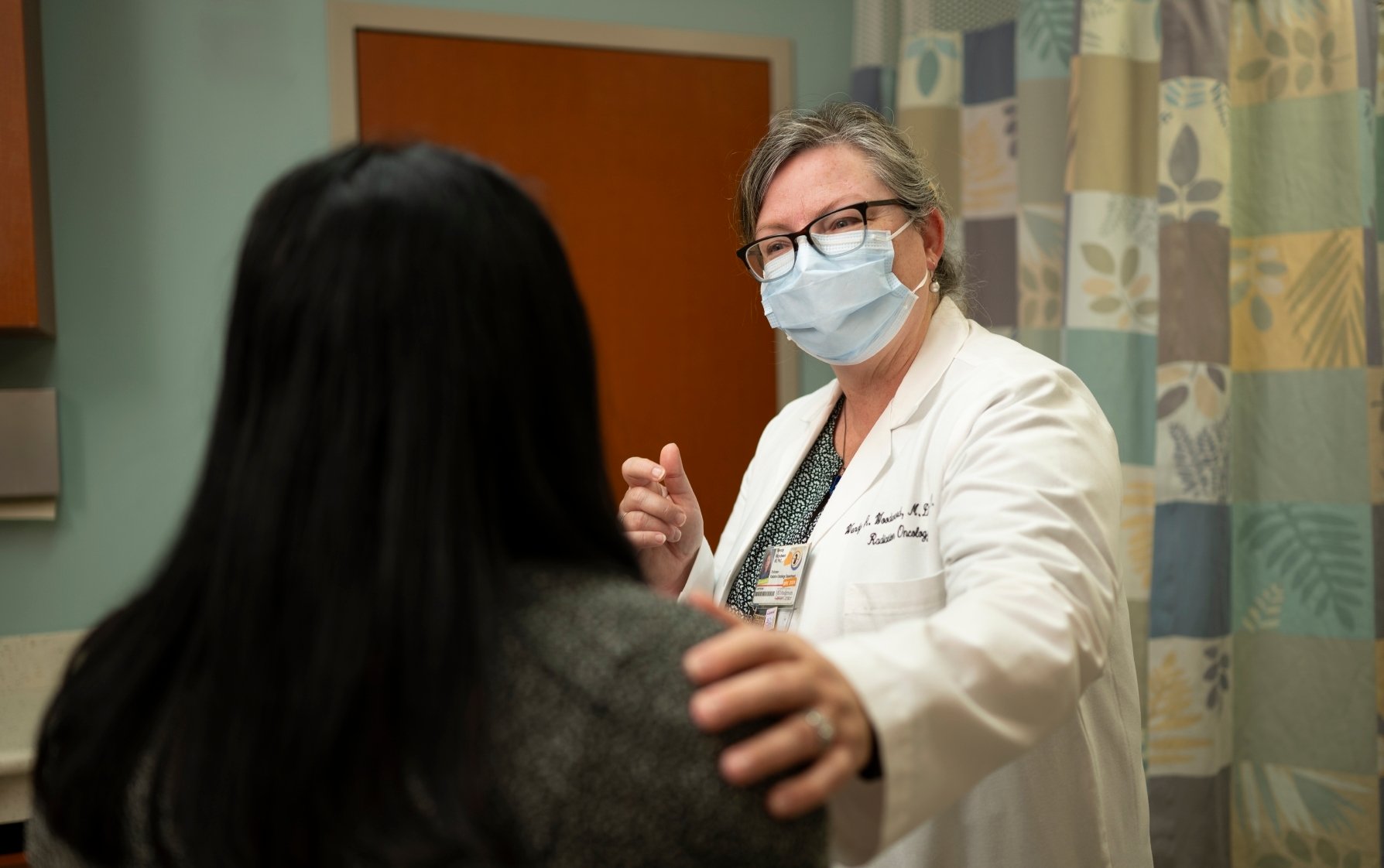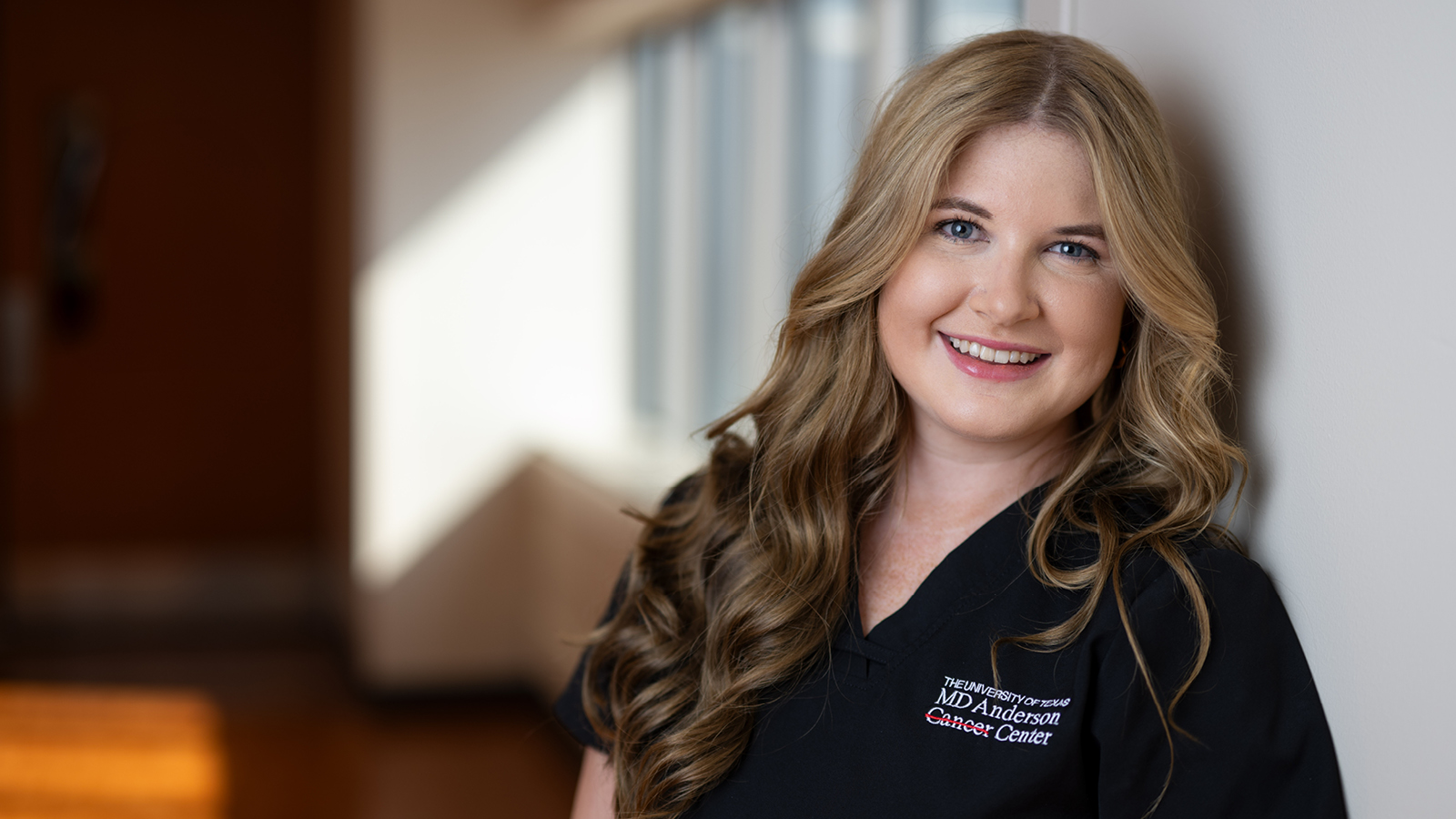- Diseases
- Acoustic Neuroma (16)
- Adrenal Gland Tumor (24)
- Anal Cancer (70)
- Anemia (2)
- Appendix Cancer (18)
- Bile Duct Cancer (26)
- Bladder Cancer (74)
- Brain Metastases (28)
- Brain Tumor (234)
- Breast Cancer (726)
- Breast Implant-Associated Anaplastic Large Cell Lymphoma (2)
- Cancer of Unknown Primary (4)
- Carcinoid Tumor (8)
- Cervical Cancer (164)
- Colon Cancer (168)
- Colorectal Cancer (118)
- Endocrine Tumor (4)
- Esophageal Cancer (44)
- Eye Cancer (36)
- Fallopian Tube Cancer (8)
- Germ Cell Tumor (4)
- Gestational Trophoblastic Disease (2)
- Head and Neck Cancer (14)
- Kidney Cancer (130)
- Leukemia (342)
- Liver Cancer (50)
- Lung Cancer (286)
- Lymphoma (278)
- Mesothelioma (14)
- Metastasis (30)
- Multiple Myeloma (100)
- Myelodysplastic Syndrome (60)
- Myeloproliferative Neoplasm (6)
- Neuroendocrine Tumors (16)
- Oral Cancer (102)
- Ovarian Cancer (178)
- Pancreatic Cancer (160)
- Parathyroid Disease (2)
- Penile Cancer (14)
- Pituitary Tumor (6)
- Prostate Cancer (150)
- Rectal Cancer (58)
- Renal Medullary Carcinoma (6)
- Salivary Gland Cancer (14)
- Sarcoma (238)
- Skin Cancer (300)
- Skull Base Tumors (56)
- Spinal Tumor (12)
- Stomach Cancer (66)
- Testicular Cancer (28)
- Throat Cancer (92)
- Thymoma (6)
- Thyroid Cancer (100)
- Tonsil Cancer (30)
- Uterine Cancer (86)
- Vaginal Cancer (18)
- Vulvar Cancer (22)
- Cancer Topic
- Adolescent and Young Adult Cancer Issues (22)
- Advance Care Planning (12)
- Biostatistics (2)
- Blood Donation (18)
- Bone Health (8)
- COVID-19 (360)
- Cancer Recurrence (120)
- Childhood Cancer Issues (120)
- Clinical Trials (628)
- Complementary Integrative Medicine (22)
- Cytogenetics (2)
- DNA Methylation (4)
- Diagnosis (238)
- Epigenetics (6)
- Fertility (62)
- Follow-up Guidelines (2)
- Health Disparities (14)
- Hereditary Cancer Syndromes (128)
- Immunology (18)
- Li-Fraumeni Syndrome (8)
- Mental Health (122)
- Molecular Diagnostics (8)
- Pain Management (62)
- Palliative Care (8)
- Pathology (10)
- Physical Therapy (18)
- Pregnancy (18)
- Prevention (936)
- Research (390)
- Second Opinion (78)
- Sexuality (16)
- Side Effects (616)
- Sleep Disorders (10)
- Stem Cell Transplantation Cellular Therapy (216)
- Support (408)
- Survivorship (328)
- Symptoms (182)
- Treatment (1788)
Unable to donate blood due to iron-deficiency anemia? 13 things to know
4 minute read | Published November 30, 2021
Medically Reviewed | Last reviewed by an MD Anderson Cancer Center medical professional on November 30, 2021
Iron-deficiency anemia is one of the most common reasons people are rejected as potential blood donors.
But what causes this condition, and how can it be prevented or reversed? To learn more, we spoke with Fernando Martinez, M.D., a pathologist who serves as medical director of MD Anderson’s Transfusion Services and Donor Operations.
What is iron-deficiency anemia?
Iron-deficiency anemia is a condition that develops when our bodies don’t have enough iron to produce adequate numbers of red blood cells.
Are anemia and iron-deficiency anemia the same thing?
No. Anemia is the state of having too few circulating red blood cells. Iron-deficiency anemia is just one type, and the name indicates its source.
Anemia can also be caused by other things, including cancer, its treatment side effects, blood loss due to injury, internal bleeding, and kidney disease.
How is iron-deficiency anemia typically diagnosed?
Most people don’t even know they have iron-deficiency anemia until they try to give blood and are rejected as a potential donor. Other times, they might find out after blood work is ordered during an annual checkup.
Are there any symptoms of iron-deficiency anemia?
Lack of attention, not having as much energy, feeling tired. Since iron is necessary to carry oxygen around the body, you can also have shortness of breath. But these could also be due to any number of other factors, not just health conditions. That’s why most people don’t realize anemia is the source.
What is the most common cause of iron-deficiency anemia?
In women of child-bearing age, it’s usually related to their menstrual cycle. In others, it could be due to a stomach ulcer, or some other previously undetected internal bleeding. It could also be due to a condition called thalassemia, in which red blood cells contain abnormal or lower levels of hemoglobin than usual.
How are iron levels typically measured, and what’s considered a healthy range?
We use hemoglobin as a surrogate to measure iron levels, as iron is needed to produce hemoglobin. The general range for adults is between 12 and 18 grams per deciliter. But the minimum required for a woman to donate blood is 12.5 g/dL. For a man, it’s 13 g/dL.
Do ferritin levels and hemoglobin levels indicate the same thing?
No. Hemoglobin measures the red cell count in your blood. Ferritin measures the body’s ability to store and transfer iron.
Is iron something our bodies can produce, or can it only be obtained from food?
Our bodies are able to recycle iron when red blood cells break down at the end of their life cycle. But if you’re anemic due to chronic or acute blood loss or iron-deficiency anemia, it will likely need to be replenished by an outside source.
In cases where someone was badly injured, like in a car accident, they may need a transfusion of red blood cells right away. But for most people, eating a diet of iron-rich foods is sufficient to rebuild their iron stores.
Why do our bodies need iron?
People need iron for many reasons. One is to make hemoglobin, a component of red blood cells that transports oxygen throughout the body. Another is to produce myoglobin, a protein that delivers oxygen to muscle fibers. Iron is also needed to manufacture certain hormones.
What are the best foods to eat to boost iron levels?
There are two types of iron in the foods we eat: “heme” and “non-heme” iron.
Heme iron is found in animal products, such as:
- ground beef
- seafood
- liver
Non-heme iron is present in a number of plant-based foods, including:
- beans
- tofu
- legumes
- many fruits and vegetables
It’s easier for our bodies to use heme iron, both because animal products tend to contain high concentrations of iron and because animal tissue is very similar to our own. But vegetarians can obtain enough iron from non-heme sources, too, if they eat a well-balanced diet.
How long does it typically take to build iron levels back up?
The gastrointestinal tract has a limited capacity for iron absorption, so we usually recommend eating a diet of iron-rich foods for at least 3 to 4 weeks. If you’ve just donated whole blood or some other blood product, I would give it at least 8 weeks.
Should people with iron-deficiency anemia take a vitamin or nutritional supplement?
Over-the-counter multivitamins usually contain a small amount of iron that’s well-tolerated, but it’s kind of an expensive way to build your levels back up. Iron in pill form can also have some side effects, such as constipation or a change in stool color.
The best way to rebuild iron levels is through a well-balanced diet. But if you’re going to take a supplement, don’t take it with your morning coffee or calcium, as those can impair absorption. Vitamin C, on the other hand, increases iron absorption, so foods like tomatoes, citrus fruits and bell peppers are good to eat with a vitamin containing iron.
Is it possible to get too much iron?
Yes. And having too much iron is a serious issue, because excess iron gets deposited in various organs and tissues, causing damage. So, people taking iron supplements need to be careful not to overdose themselves. That’s usually pretty difficult to accomplish, but it is possible, so talk to your doctor before starting any new vitamin or supplement.
Again, the best way to boost your iron levels is through a well-balanced diet. Our body uses many different types of nutrients, and we need all of them to function properly.
Schedule an appointment to donate blood at MD Anderson Blood Bank online or by calling 713-792-7777.

The best way to rebuild iron levels is through a well-balanced diet.
Fernando Martinez, M.D.
Physician






